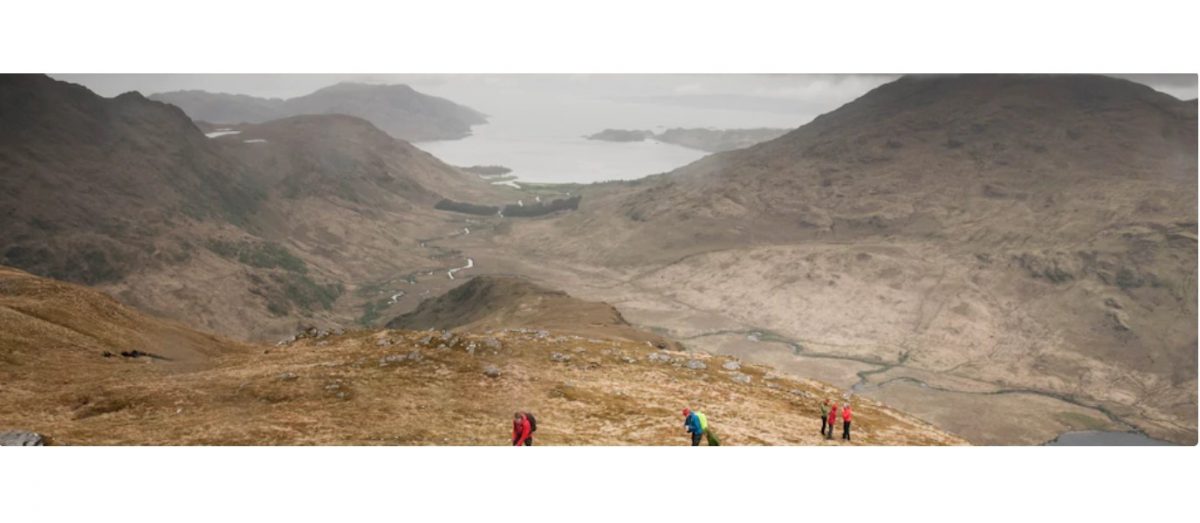While the world recovers from the COVID-19 pandemic, it’s only natural that travellers are taking their first steps back into the world with caution. Social distancing rules are making remote destinations more appealing than ever before – not that we needed more reasons to travel to the Arctic circle to marvel at the Northern Lights, or to make the long trek to the UK’s remotest pub.
Most remote villages

Supai, USA
The village home of the Havasupai Tribe provides a true experience of a lifestyle lost to much of the world. On the southwestern branch of the Grand Canyon in Arizona, it’s only accessible by helicopter, horseback or an eight-mile hike – a three-hour journey that the local postman makes with his mail-carrying mule. When you get there, tourist facilities are charmingly modest. There’s a museum, café, grocery store and lodge, but most people bring their own camping equipment and sleep beneath the stars.
The name Havasupai means People of the Blue Green Waters, referring to the four, blue-green waterfalls that characterise the area. Don’t miss Mooney Falls, which cascades from 190 feet high into a popular swimming hole in the Canyon below. The day trips from Supai are second to none – Beaver Falls is a four-mile walk away, and walking trails traverse Havasu Canyon and the Colorado River, via the choppy Havasu Rapids.
Most remote places for families

Tórshavn, Faroe Islands
Tórshavn is the smallest capital city in the world. Halfway between Norway and Iceland, and directly accessible by flights, the Faroe Islands capital is named after Thor, the god of thunder and lightning in Norse mythology. Calling all Marvel fans: this is your chance to channel the King of Asgard while using the town as a starting point for adventuring around the barren, sheep-filled landscape of Streymoy, the biggest island in the 18 island-strong Faroes.
Here, old-world charm – and seriously dramatic, fjord land scenery – really does rub up against modern amenities. Phone signal rarely dips, the roads are in excellent condition and the population is amenable and open. It’s a great option for teenagers in need of a change of pace, but without losing any creature comforts. Try kid-friendly fishing or photography tours, plus boat trips to the other islands.
Most remote destinations for nature lovers

Longyearbyen, Svalbard
On the Norwegian archipelago of Svalbard, high in the Arctic circle, this is the most northerly town on Earth with a permanent human population. Though the area is served by Norwegian Airlines, the North Pole is just 800 miles away – so you can imagine how intense the cold can get here. January sees average temperatures of -20 degrees Celcius and so real is the threat of attacks from polar bears – which outnumber the local population of 2,000 people – that residents aren’t allowed to leave town without a gun.
Travel here in the winter and you’ve got excellent chances of viewing the Northern Lights; go between April and August and prepare to see the ‘midnight sun’, which doesn’t set all summer. Yet such unprecedented access to the elements means that wildlife like walruses and narwhals are on the doorstep, not to mention those polar bears. Go birdwatching and look out for Arctic terns, take a boat safari to the Borebreen glacier, or speed through nearby valleys on a Fat Bike…
To read the full article, view the original post on the world’s most remote destinations on the Skyscanner website.
